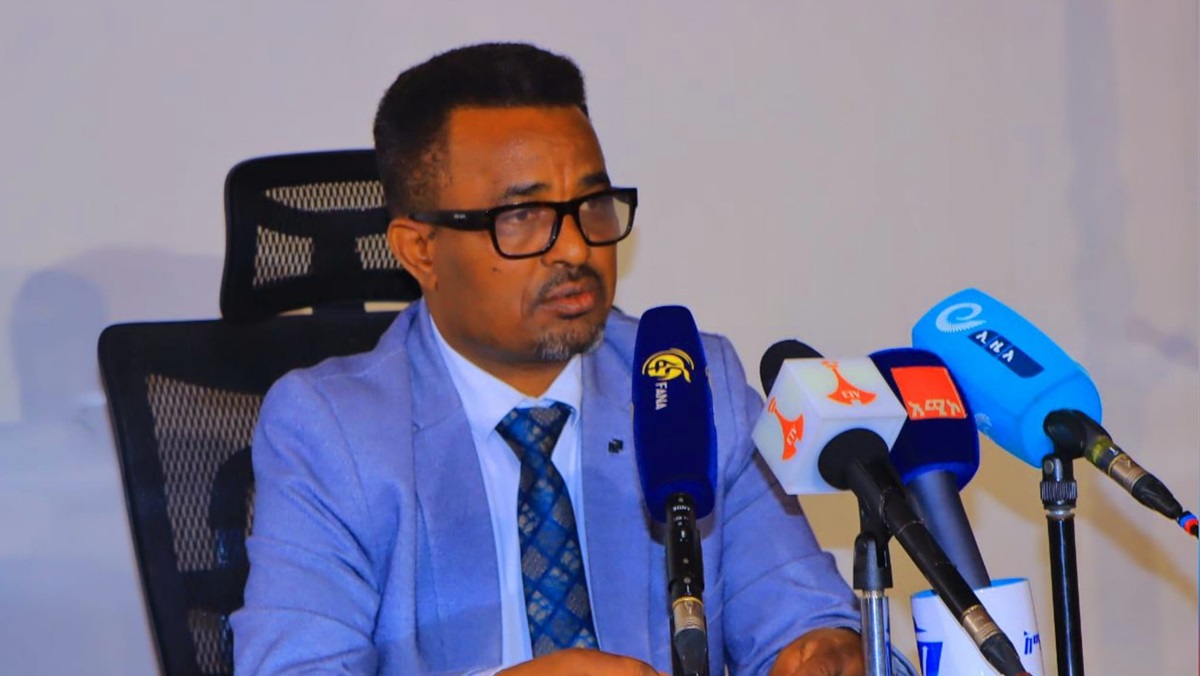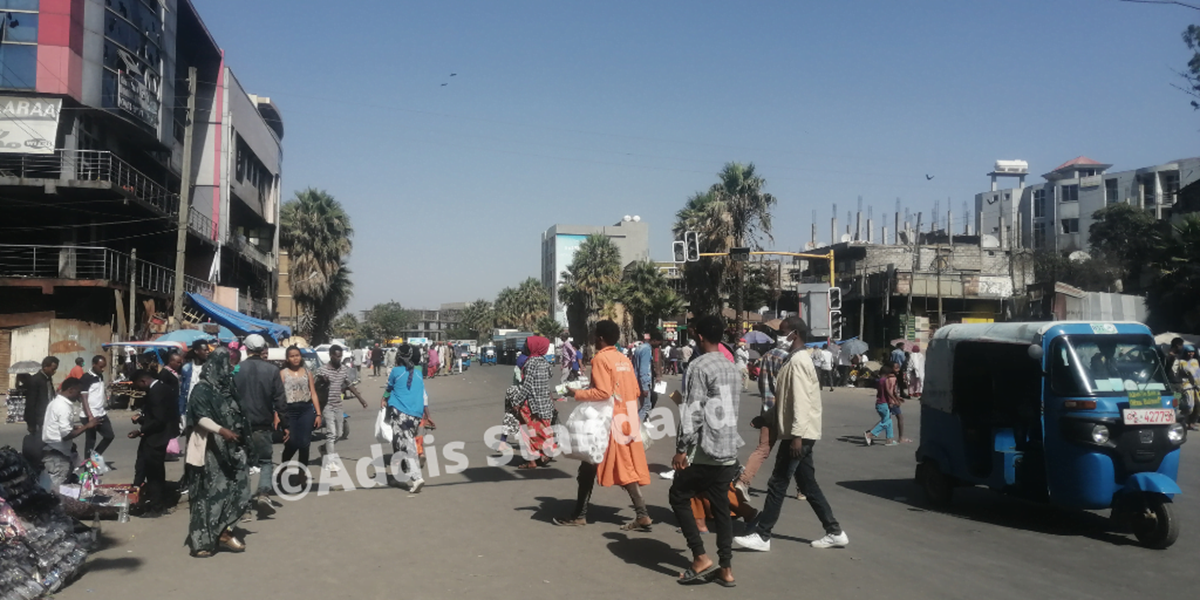News: Govt claims its forces kill hundreds of militants, detain thousands in various regions; recapture over 1000 kebelles in Oromia, Benishangul Gumuz states

By Addis Standard Staff
Addis Abeba: The Ethiopian government said it has killed hundreds of armed militants operating in various parts of the country, and detained thousands of suspects since the National Security Council (NSC) held its meeting in June this year and put forth a direction to tack the growing security crises in Ethiopia. It also said a staggering number of 1,255 kebeles (districts within cities and towns) out of 1,739 in Oromia regional state were recaptured by government forces and had their local political infrastructure, which the government said were “destroyed by the enemy”, reorganized. Three command posts are also established in Oromia alone, where regional security forces backed by federal forces are involved in militarized conflict with the armed Oromo Liberation Army (OLA), referred in the statement as “Shene”.
In a statement after holding yet another meeting attended by Prime Minister Abiy Ahmed along with senior federal military, security and intelligence officials as well as regional presidents, the NSC said on 08 August that the assessment of the security situation on the regional and national levels including the capital Addis Abeba and Oromia, Amhara, Benishangul-Gumuz, Afar, Somali, and Southern Nations, Nationalities and People’s (SNNP) regional states showed a positive trajectory since the Council’s last meeting.
The statement said that the foundation for the evaluation was the different challenges that occurred during the preceding months and locating where gaps lay in the reciprocal efforts intended to address them. Conflict has been brewing in multiple regions across the country, either in forms of armed groups, identified and unidentified, waging war with the government, inter-communal clashes or the latest being incursion of Al-Shabaab, a foreign Islamist fundamentalist entity, breaching borders and engaging in battle with regional Somali forces known as the Liyu Hayil, and eventually with the Ethiopian National Defense Forces (ENDF)- In reference to Al-Shabaab, the statement read that the incursion was repulsed with over 800 Al-Shabaab fighters being killed and 79 being captured along with explosives.
In the capital Addis Abeba, various security activities have been done to ensure public peace which includes detaining more than than 497 members of the “Junta, Shene, Al-Shabaab and other extremist groups.” Along with them, security forces’ uniforms, fake IDs, seals, documents prepared for terrorist activities, electronic equipment, weapons, vehicles, mobile phones and bank accounts that were to be used by terrorists were also seized. Some 314 suspects who were leading organized crime were also arrested, and 75 city and federal government officials were detained on suspicion of corruption.
In a first-ever admission of the insecurity in the Oromia region, the council stated that there were 1739 kebeles’ structural administration controlled by the Oromo Liberation Army (OLA), which the government refers to as ‘Shanee’ activity, but currently 1255 were retaken and reorganized. The statement added that 3180 OLA fighters were captured and that those who refused to capitulate were neutralized. In relation to the ongoing conflict in the Oromia region, the security council expressed that command posts had been instituted in Wollaga, Shoa, and Guji, areas where the OLA is regarded as active. Similarly, Benishangul-Gumuz, where armed resistance to the government also exists, estimates were placed by the council that 1826 militants were captured, 749 arms along with 5639 projectiles were seized, while 9 boats and 65 camps were destroyed.
In association with the tense situation that prevailed during the end of May 2022 in the Amhara region, the NSC reasserted that a large number of suspects had been apprehended, including from within security forces accused of cooperating with the Tigrayan People’s Liberation Front (TPLF) and vitalizing illegal armed elements within the region to ferment inter-communal violence. The capital itself was tested with prospective violence as almost 500 operatives of different groups including Al-Shabaab, OLA, and TPLF were put under arrest, it added. Community discussions involving more than six million people were held solve the security problems related to the people of the minority Kemant communities in the region in and to prevent the recurrent violence affecting the Oromo zone from getting worse.
In Benishangul Gumz the security crisis is gradually decreasing, the Council said, and peace and security are becoming more assured. Illegal militants operating in the region were destroyed and 1,826 militants were detained. Some 749 different types of weapons and 5,639 snipers were also captured from armed militants, and nine boats and 65 camps were destroyed. As well as bringing illegal militants who have surrendered peacefully into normal life, a total of 171,485 IDPs have been resettled it said, and of the 180 kebeles that were “freed from the enemy: government structure was reorganized in 169 Kebeles, it said.
The press release also communicated that messages that there were problems in other regions of the country including SNNPR, where questions for zonal and Woreda level restructuring and demands for self administration so as not to get these requests “used for illegal activities.”
In Afar, the Council said efforts to control smuggling activities in the region, especially ensuring the safety of the main Ethio-Djibouti line were made. Similarly, the smuggling business in the region changing its operation and expanding its scope, and that a gap in coordination between security forces was observed. The Council has also assessed that the works to resolve ethnic-related conflicts in a responsible manner has not been done sufficiently, calling for further actions.
With regard to the civil war in Tigray, the council said the government has chosen to peacefully resolve the war in Tigray through negotiations, and emphasized that the federal government will be sticking to negotiations. The assessment of the security situation in Tigray indicates that it was not above the capabilities of the federal security forces and that proper monitoring was being performed.
The Council concluded the statement with the next course of action for immediate execution, including but not limited to, annihilating the leadership of armed groups, identifying internal collaborators, engaging with the public to pacify conflicts to non-chaotic levels, repatriating IDPs back to their homes, deliberating with entities emanating and enlivening fear to dislodge themselves from such activities, critically dealing with eco-societal crises such as organized theft, irregular formations, killings, contraband trade, and economic conspiracies.
Moving forward, the Council said deactivating armed insurgency to a negligible level, holding public discussions, strengthening the court system, preventing enemy forces from capitalization of demands [be it of ethnic or religious orientation], incapacitating the Al-Shabaab so that it doesn’t peril the Horn of Africa region, and sustainably solving the conflicts in the Oromo Special zone of the Amhara regional state as well as resolving between the Afar and Issa community were set as next goals. AS







